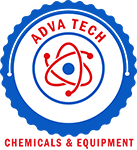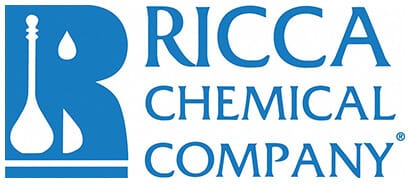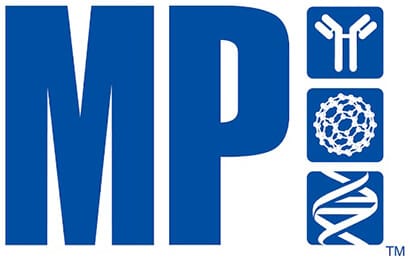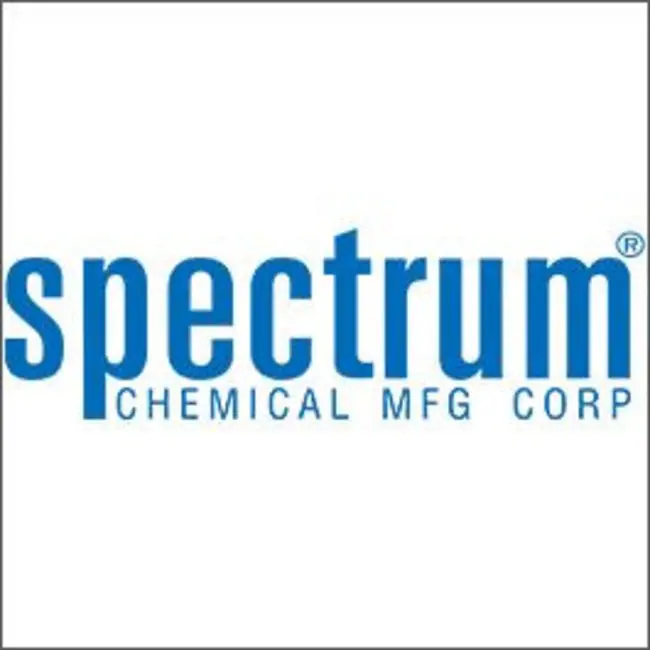50 ?g
Showing 101–150 of 154 results
-

N-Lauroylsarcosine Sodium Salt, molecular biology reagent
$30.73 Add to cart View Product DetailsN-Lauroylsarcosine Sodium Salt
-
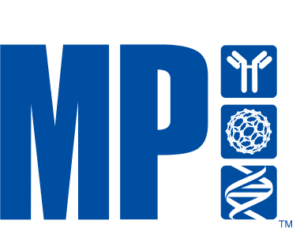
N-Lauroylsarcosine, ~95%
$44.15 Add to cart View Product DetailsN-Lauroylsarcosine
-

N-Lauroylsarcosine, sodium salt
$73.65 Add to cart View Product DetailsN-Lauroylsarcosine is an anionic detergent.
-

N-Lauroylsarcosine, sodium salt
$83.90 Add to cart View Product DetailsN-Lauroylsarcosine, Sodium Salt
-
N-Propyl gallate
$37.00 Add to cart View Product DetailsN-Propyl Gallate
-
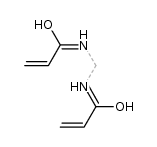
N,N-Methylene-bis-acrylamide, ultra pure
$67.60 Add to cart View Product DetailsCross-linking agent for preparation of polyacrylamide gels for electrophoresis
-
Naproxen
$259.41 Add to cart View Product DetailsNaproxen
-
Niclosamide
$98.96 Add to cart View Product DetailsNiclosamide
-

NZ Bovine Fibrinogen, 90% Clottable
$688.28 Add to cart View Product DetailsNZ Bovine Fibrinogen, 90% Clottable
-

o-Phenylenediamine
$168.88 Add to cart View Product DetailsO-Phenylenediamine
-

Oleic Acid, cell culture reagent
$768.13 Add to cart View Product DetailsOleic Acid, cell culture reagent
-

Orcinol, monohydrate
$192.20 Add to cart View Product DetailsOrcinol Monohydrate
-

Oxytetracycline hydrochloride
$208.82 Add to cart View Product DetailsOxytetracycline hydrochloride
-
p-Dimethylamino-benzaldehyde
$63.91 Add to cart View Product DetailsP-Dimethylamino-Benzaldehyde
-
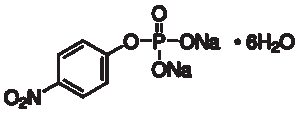
p-Nitrophenyl Phosphate Disodium Salt Hexahydrate
$594.86 Add to cart View Product DetailsP-Nitrophenyl Phosphate, Disodium Salt Hexahydrate
-
p-Phenylenediamine
$45.01 Add to cart View Product Detailsp-Phenylenediamine
-

Pepsin, 1:10,000
$82.37 Add to cart View Product DetailsPepsin
-

PHENYL ISOTHIOCYANATE
$39.53 Add to cart View Product DetailsPHENYL ISOTHIOCYANATE
-

Pluronic® F-68
$20.61 Add to cart View Product DetailsPluronic® F-68
-

Ponceau 2R
$113.80 Add to cart View Product DetailsPonceau 2R
-

Ponceau S, dye content: ~75%
$56.82 Add to cart View Product DetailsPonceau S, dye content: ~75%
-

Primaquine diphosphate
$836.12 Add to cart View Product DetailsPrimaquine diphosphate
-
Probucol
$568.92 Add to cart View Product DetailsProbucol
-
Procaine Hydrochloride
$29.80 Add to cart View Product DetailsProcaine Hydrochloride
-
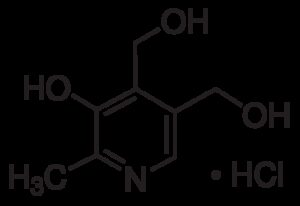
Pyridoxine hydrochloride
$69.74 Add to cart View Product DetailsPyridoxine Hydrochloride
-

Quinine hemisulfate
$304.75 Add to cart View Product DetailsQuinine Hemisulfate
-

Quinine hydrochloride
$279.04 Add to cart View Product DetailsQuinine Hydrochloride
-

RESAZURIN
$741.11 Add to cart View Product DetailsRESAZURIN
-
Rotenone
$882.60 Add to cart View Product DetailsRotenone
-
Rubidium chloride
$249.26 Add to cart View Product DetailsRubidium Chloride
-

SANTONIN
$845.28 Add to cart View Product DetailsSANTONIN
-

Sephadex® G-10
$324.88 Add to cart View Product DetailsSephadex® G-10
-

Sephadex® G-100
$885.95 Add to cart View Product DetailsSephadex® G-100
-

Sephadex® G-25
$344.54 Add to cart View Product DetailsSephadex G-25
-
Sodium borohydride
$79.65 Add to cart View Product DetailsSodium Borohydride
-
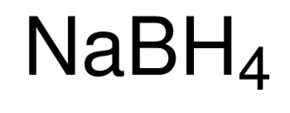
Sodium borohydride
$76.03 Add to cart View Product DetailsSodium Borohydride
-

Sodium diatrizoate
$107.59 Add to cart View Product DetailsSodium Diatrizoate
-

Sodium Dodecyl Sulfate, ultra pure
$58.12 Add to cart View Product DetailsSodium Dodecyl Sulfate
-

SODIUM METHACRYLATE
$138.91 Add to cart View Product DetailsSODIUM METHACRYLATE
-

SODIUM SELENATE
$123.37 Add to cart View Product DetailsSODIUM SELENATE
-
Solvent Blue 35
$222.44 Add to cart View Product DetailsSolvent Blue 35
-
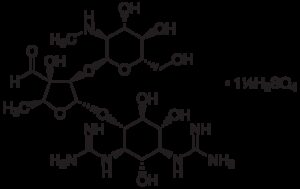
Streptomycin Sulfate
$41.73 Add to cart View Product DetailsStreptomycin Sulfate
-

Sulfanilic acid
$40.20 Add to cart View Product DetailsSulfanilic acid
-

Sulfasalazine
$163.99 Add to cart View Product DetailsSulfasalazine
-

Sulforhodamine B, cell culture reagent
$721.45 Add to cart View Product DetailsSulforhodamine B, cell culture reagent
-

SULFUR, 99.999%
$494.98 Add to cart View Product DetailsSULFUR, 99.999%
-
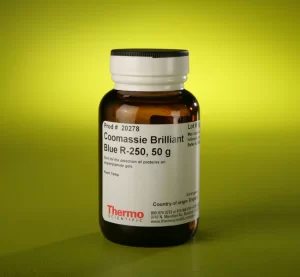
Thermo Scientific™ Pierce™ Coomassie Brilliant Blue Dyes
$223.31 Add to cart View Product DetailsThermo Scientific Pierce Coomassie Brilliant Blue dyes are composed of one of the most common forms of coomassie dye, which is a key component of various colorimetric protein gel stains. Coomassie R-250 and G-250 dyes are two chemical forms of a disulfonated triphenylmethane compound that is commonly used as the basis of stains for detection of proteins in gel electrophoresis and Bradford-type assay reagents for protein quantitation. The R-250 (red-tinted) form lacks two methyl groups that are present in the G-250 (green-tinted) form, which is also called colloidal coomassie dye.
Coomassie R-250 and G-250 dyes are two chemical forms of a disulfonated triphenylmethane compound that is commonly used as the basis of stains for detection of proteins in gel electrophoresis and Bradford-type assay reagents for protein quantitation. The R-250 (red-tinted) form lacks two methyl groups that are present in the G-250 (green-tinted) form, which is also called colloidal coomassie dye.
Typically, coomassie gel stains and protein assay reagents are formulated as very acidic solutions in 25 to 50% methanol. In acidic conditions, the dye binds to proteins primarily through basic amino acids (primarily arginine, lysine, and histidine), and the number of coomassie dye ligands bound to each protein molecule is approximately proportional to the number of positive charges found on the protein. Protein binding causes the dye to change from reddish-brown to bright blue (absorption maximum equals 595 nm).
Features include:
• Easy detection—develops intensely colored complexes with proteins
• High sensitivity—can determine as little as 0.5 μg/cm2 of protein present in a gel matrix
• Reversible staining—anion of Coomassie Brilliant Blue dye formed in the acidic staining medium combines with the protonated amino groups of proteins by electrostatic interaction; resulting complex is reversible under proper conditions
• Differentiation between bound and unbound dye—when dissolved in 0.01 M citrate buffer at pH 3.0, has an absorption maximum at 555 nm; protein-dye complex is characterized by a peak slightly broader than that of free dye with a maximum at 549 nm -

Trifluoromethanesulfonic acid
$133.92 Add to cart View Product DetailsTrifluoromethanesulfonic acid
-

Tris, ultra pure, ≥99.9%
$31.53 Add to cart View Product DetailsTris
-

Tyloxapol
$194.56 Add to cart View Product DetailsTyloxapol
